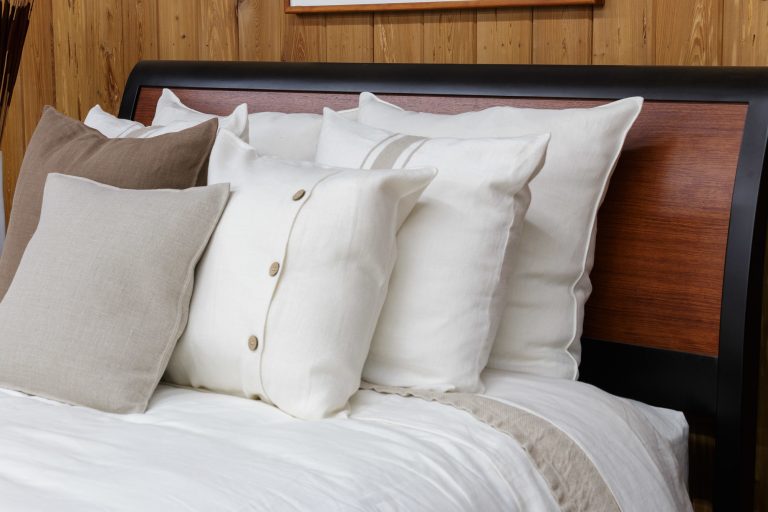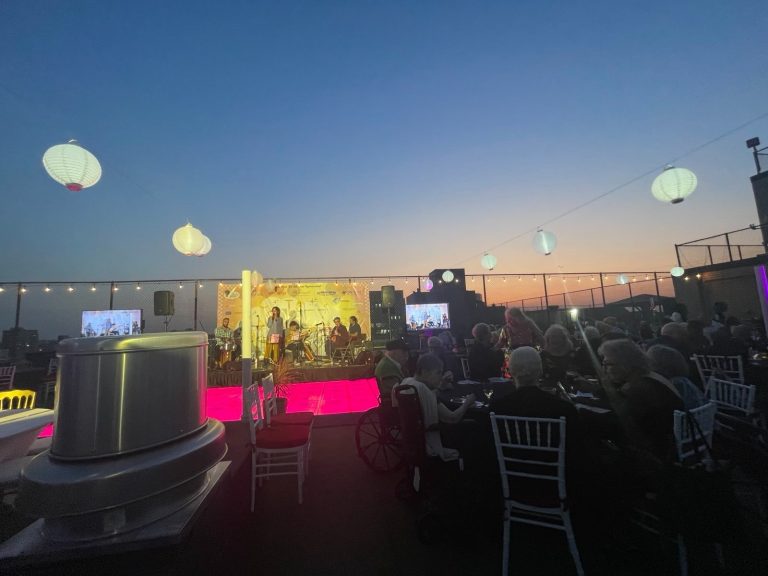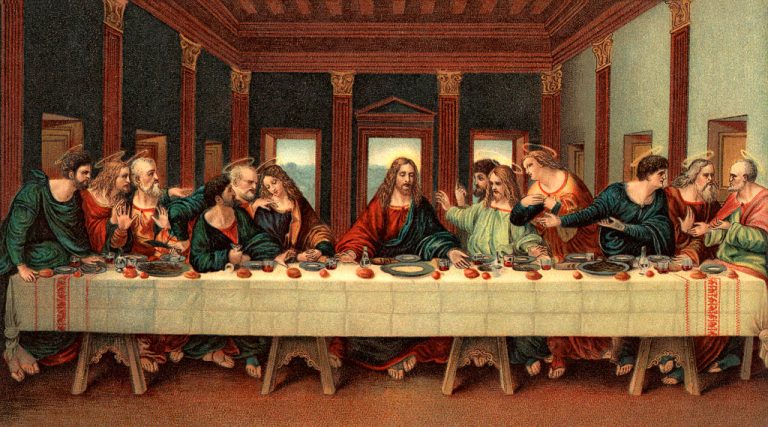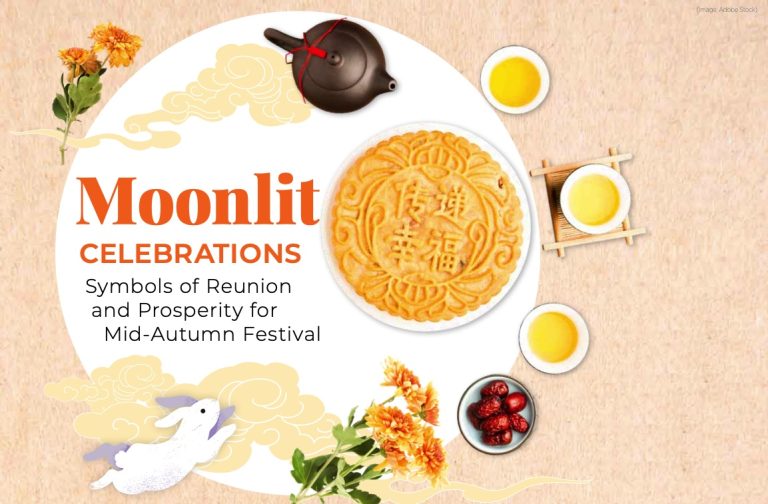The history of pillows is as old as civilization itself, and their evolution reveals much about human culture. From the functional use of stones and wood to the soft, plush pillows we know today, pillows have always played an essential role in human comfort, and their evolution offers insight into how we have always sought ways to improve our rest.
Pillows, in their simplest form, have always served a functional purpose: to support the head and neck while resting. But the journey from rudimentary headrests to the plush pillows we use today is an intriguing one, shaped by technological advancements, cultural circumstances, and a growing understanding of human anatomy.
Origins of the Pillow: A Tool for Support
The earliest known use of pillows dates back to ancient Mesopotamia, around 7,000 BC. These early pillows were far from soft cushions, however; they were made of stone. The purpose was not necessarily to provide comfort, but to keep the head elevated. People often slept directly on the ground, and this protected the head from things like insects, dirt and debris. In ancient Egypt, wealthy individuals also used stone pillows to rest their heads, believing that this elevation would keep demons away.
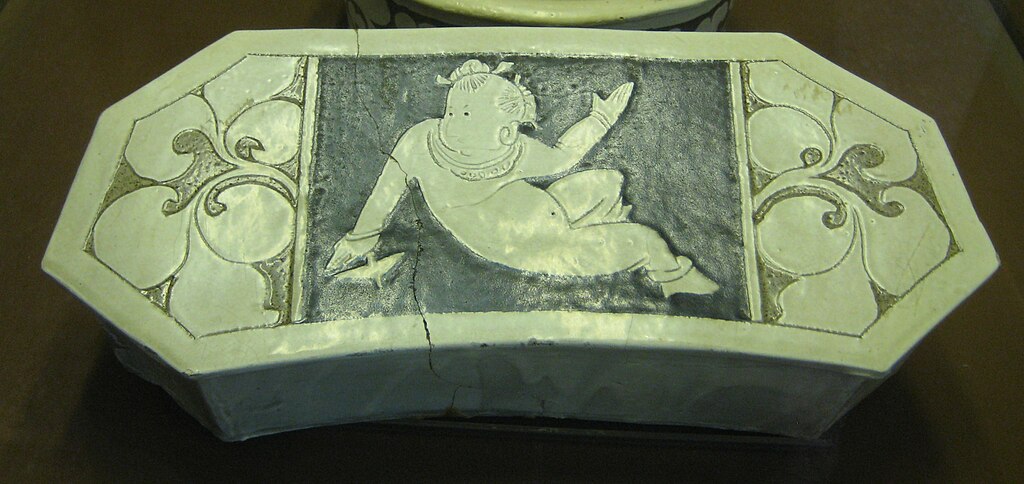
Ancient Chinese headrests, often made of wood, jade, or porcelain, held deep symbolic significance. They were used to protect the body’s life force, with some believing they could improve intelligence and ward off evil spirits.
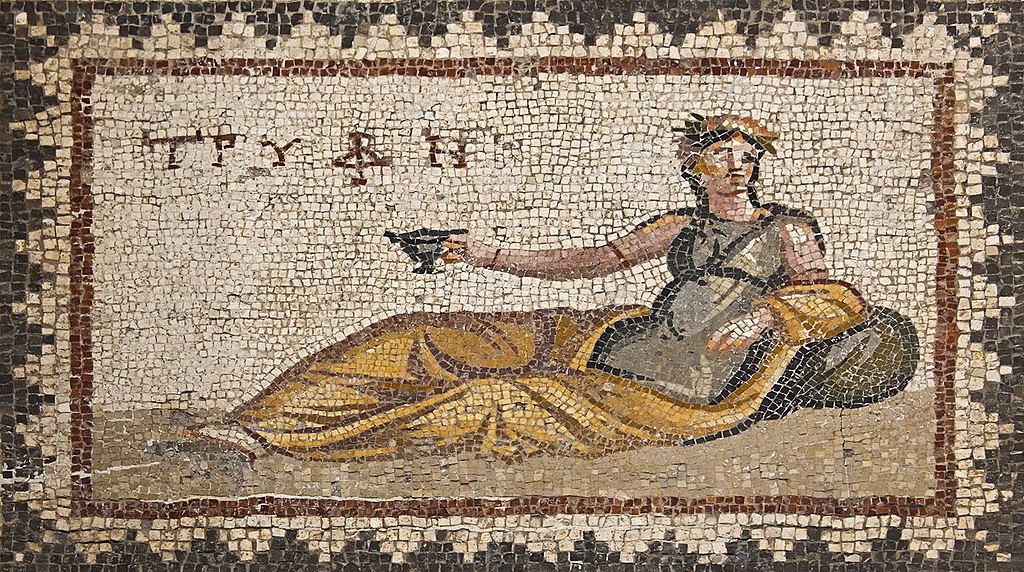
As cultures evolved, so did pillows. The ancient Greeks and Romans began experimenting with softer materials, using fabrics filled with straw, reeds, or feathers. For them, pillows were a luxury item, signaling wealth and sophistication. Wealthy Romans, in particular, used pillows not just for sleep, but also to lounge on while eating or engaging in conversation.
Pillows Through the Ages: From Luxury to Necessity
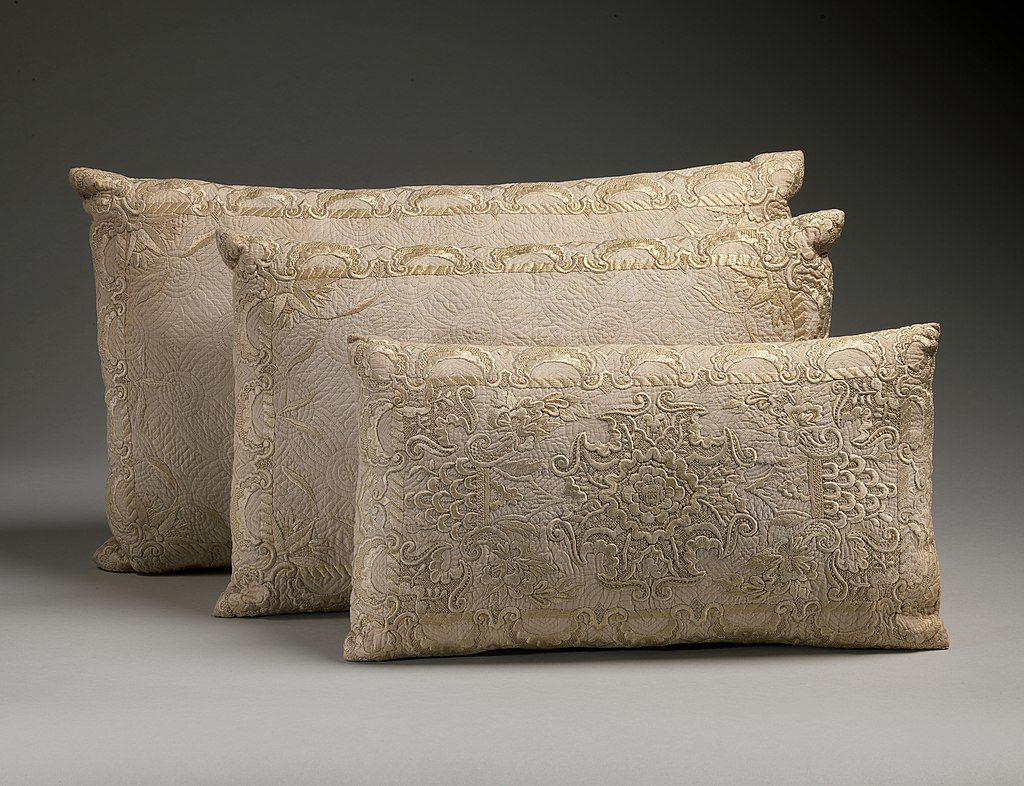
Success
You are now signed up for our newsletter
Success
Check your email to complete sign up
Throughout the Middle Ages, pillows were still considered a luxury for the elite. Commoners rarely used them, and when they did, they were often made of coarser materials. It wasn’t until the Industrial Revolution in the 19th century that pillows became more widespread, as mass production made them affordable for the general population.
With advancements in textile production and the development of new stuffing materials like cotton, wool, and later synthetic fibers, pillows became softer, more comfortable, and a staple of daily life.

Over time, the design of pillows began to prioritize both comfort and health. In the 20th century, orthopedic pillows gained popularity as doctors and scientists recognized the connection between sleep posture and physical health. Pillows filled with foam or memory foam, designed to support the natural curve of the spine, became widely available. This marked a significant shift in the purpose of the pillow, transforming it from a simple headrest to a tool for improving sleep quality and preventing chronic neck and back pain.
The Psychological and Emotional Impact of Pillows
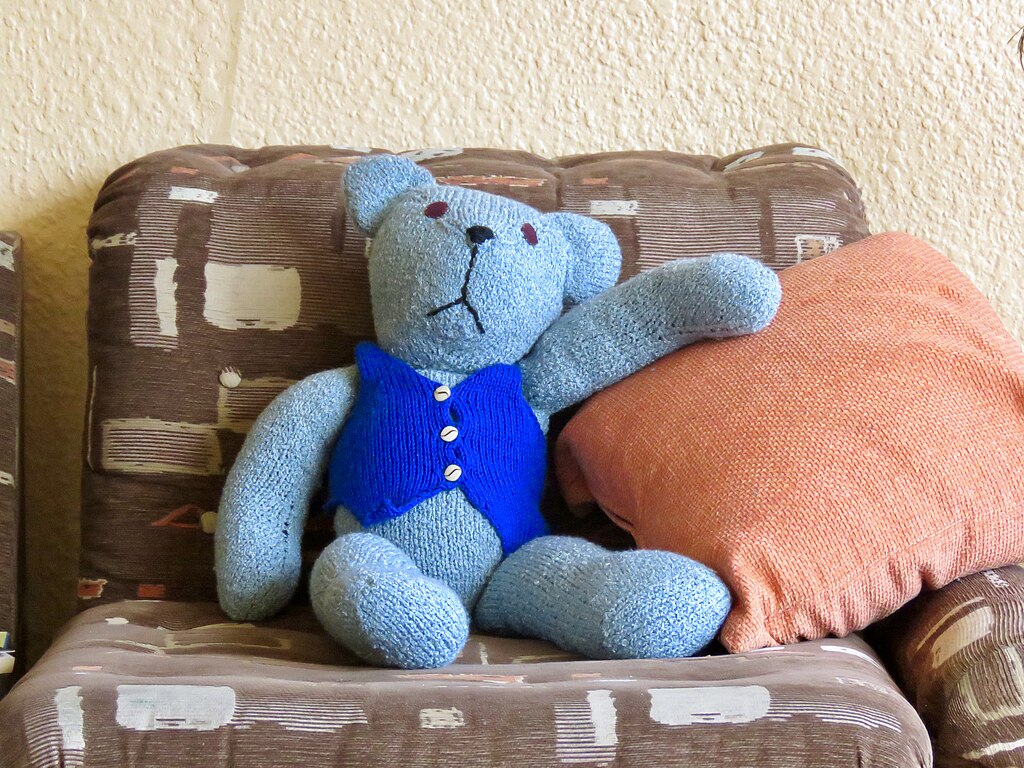
Beyond their physical function, pillows also hold emotional significance. For many people, pillows represent comfort and security. We cradle our heads on them in our most vulnerable state—sleep—and often associate them with relaxation and home. In times of stress or difficulty, the act of lying down and resting one’s head on a familiar, comforting pillow can have a calming effect on the mind.
Pillows can also carry sentimental value. People often hold onto their favorite pillows for years, even as they lose their shape, because of the emotional comfort they provide. This connection between pillows and emotional well-being is perhaps most evident in how they are used in rituals of self-care. From decorative pillows that beautify our living spaces to special body pillows that provide extra support during pregnancy or recovery, pillows are woven into the fabric of our emotional and physical lives.
The Power of How We Rest Our Heads

The way we rest our heads affects us more than we may realize, both physically and emotionally. A pillow that supports the proper alignment of the neck and spine can reduce muscle tension and prevent sleep disturbances. On the other hand, a poor-quality pillow or one that doesn’t match your sleep style can lead to discomfort, tossing and turning, or even chronic pain over time.
But beyond the physical, pillows affect us emotionally. Resting your head on a soft, comfortable pillow at the end of a long day can signal to your brain that it’s time to relax and let go of stress. It creates a sense of refuge, a quiet place where the noise of the day fades away. And in that restful space, we are reminded of the simple yet profound truth that rest is essential—not just for our bodies but for our minds and hearts.
A Final Thought: Elevating Our Rest
As pillows have evolved from stone headrests to plush comfort items, their role in our lives has become more profound. How we choose to rest our heads each night can significantly impact our well-being. Investing in a pillow that supports our body and soothes our mind can transform the quality of our rest, and, ultimately, the quality of our lives.
In the end, the pillow serves as a humble reminder that how we care for ourselves, even in the simplest moments of rest, can shape our health and happiness in ways both small and large. So, next time you lay your head down, consider how your pillow choice might ripple through your waking life, shaping your energy, mood, and sense of well-being.



